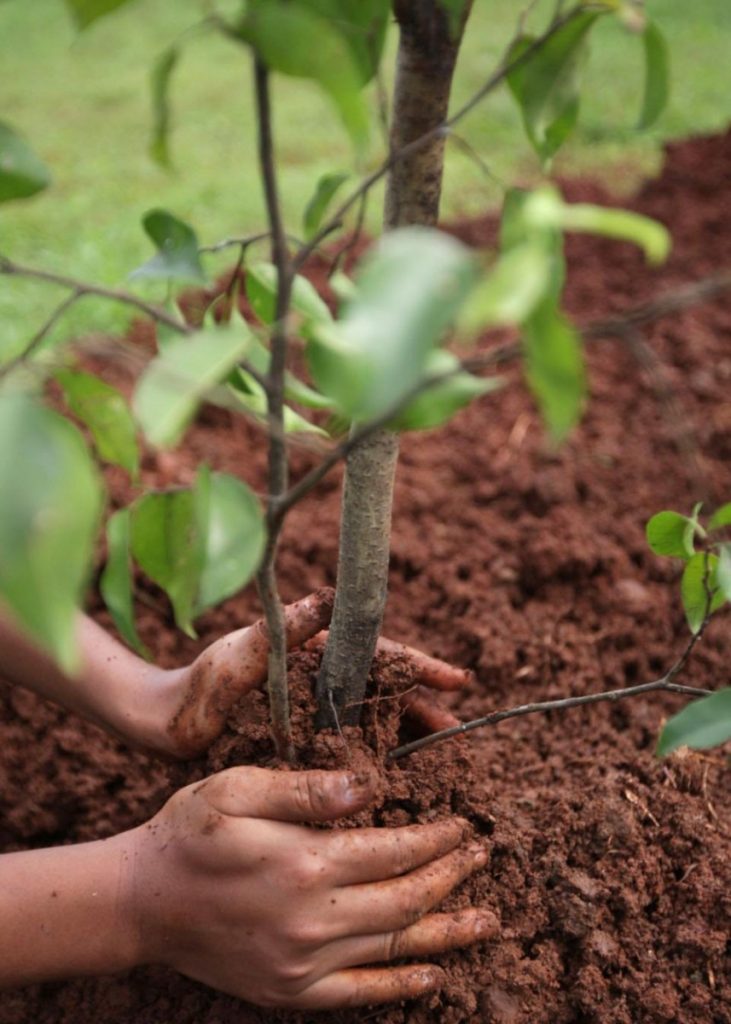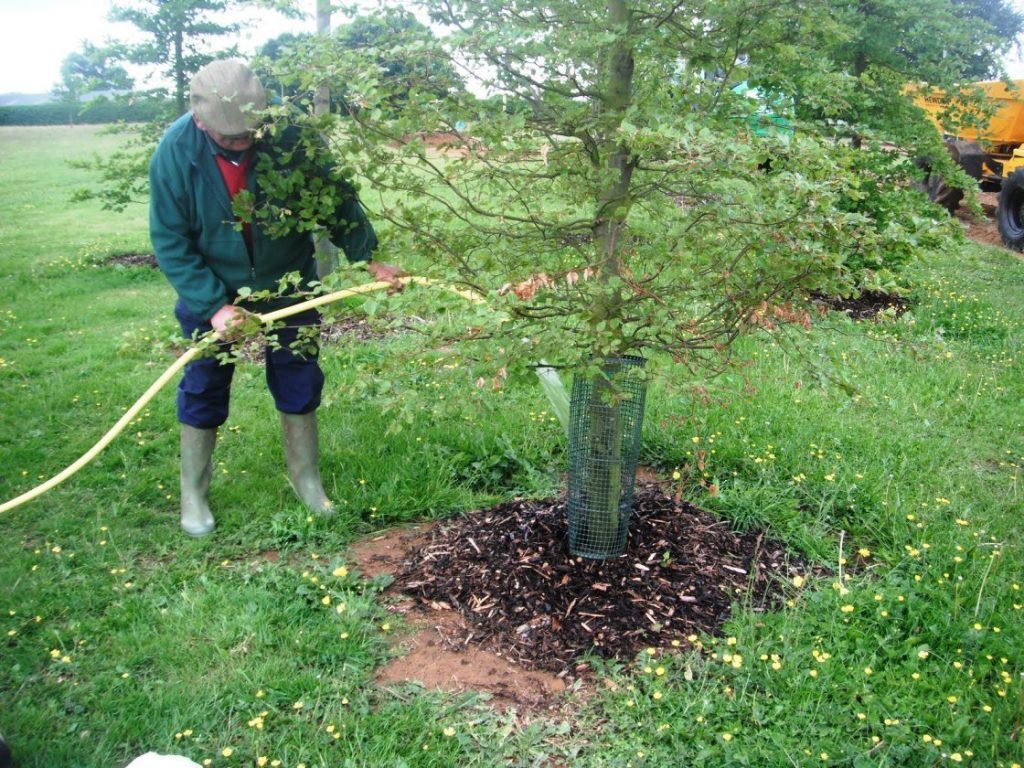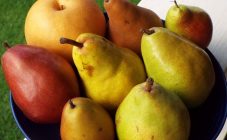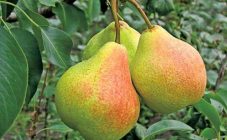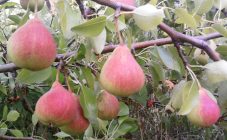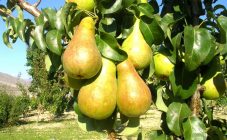Content:
There is a free space on almost every garden plot. And every gardener tries to ennoble him in his own way: some plant flowers, others - fruit trees. Planting pear trees must be taken with full responsibility. When choosing a variety, you need to take into account its frost resistance, yield and characteristics of pears. For example, Permyachka pear is an interesting variety suitable for cultivation even in the Urals.
This variety of pear trees was created by the breeder L.A. Kotov, in the city of Yekaterinburg. Perm was bred specifically for planting in the Perm Territory, Sverdlovsk and Kurgan regions.
Description of Permyachka pear
Since the variety was created for cultivation in the harsh Ural conditions, it tolerates winter frosts perfectly. According to Kotov, the Permyachka pear is capable of producing good harvests even in Siberia, but subject to proper care.
According to the characteristics, the tree of this variety grows and develops rather quickly, therefore, in the absence of timely pruning, it can reach quite impressive sizes, both in height and in width. The crown of the plant resembles an oval. During abundant fruiting, the branches may not support a large number of pears and therefore break.
Each tree needs an obligatory partner who will pollinate it. The Severyanka pear is best suited for pollination of Permyachka. If you follow all the recommendations for care, you can get up to 80-90 kg of fruits from the tree.
Fruit
The fruits of the Permyachka pear tree are quite impressive in size, each weighing 150 grams. In industrial cultivation, of course in favorable conditions and with proper care, each pear can weigh about 190-200 grams. The shape of each fruit is like a small silver bell.
Unripe fruits are bright green, ripe fruits are bright yellow. In hot, sunny summers, pears may develop an unusual glow. True, such weather does not often please residents of the northern regions of Russia.
The fruits of this variety are deprived of piquant sourness, but their flesh is quite juicy and sweet. The structure of the pulp is fine-grained, with a pleasant white color, without the presence of any shades.
It is best to harvest this fruit tree at the very beginning of autumn. When harvesting unripe fruits, their maturity occurs within a few days. But for this they need to be laid out in well-lit places, best of all in the sun.
Selection of seedlings
When choosing seedlings, you should pay attention to the age of the young. For planting, it is best to choose trees that are no more than one year old. Plants at the age of two have a rather impressive and strengthened root system, so such a bush will take root much longer and more painful.
An important factor when choosing a pear tree seedling is the place of grafting. It should be located 10-15 cm from the root collar.If the tree has been grafted according to all the rules, then its trunk will have a slight curvature.
When buying a tree, you need to carefully examine it and peel off the bark a little with a nail. If the color of the wood is bright green, then the bush is healthy and ready for transplantation. Also, a prerequisite for buying a seedling is a healthy root system without signs of putrefactive diseases and mechanical damage. It must be remembered that it is best to acquire bare seedlings (leaves should be completely absent).
Landing place
The best place to transplant pears is a sunny piece of land. The best option would be the eastern side of the garden. In the place where it is planned to plant a seedling, groundwater should not come closer than 3.5 meters to the surface of the earth. It should be noted that the type of soil in the selected area must be loose.
Soil preparation
If planting is planned for the spring, then the hole should be prepared in the fall. Since the soil has the property of subsidence. And if you prepare a hole on the day of planting, there is a risk that the soil will sag and the tree will go deep into the ground along with the root collar, and this can destroy the fragile plant.
On average, the depth of the dug hole should not be less than 60 cm. In some cases, the depth of the hole will have to be slightly increased, since several buckets of fertile soil must be poured onto its bottom.
Fertile soil is a soil mixture made from ordinary garden soil, river sand and rotted compost.
If the groundwater is not deep on the site, then before planting it is necessary to create a drainage mat. For drainage, various small pebbles or fragments of bricks are perfect. For faster growth and development of the seedling, it is necessary to make notches along the edges of the prepared hole, this will increase the supply of oxygen to the roots of the plant.
Step-by-step landing instructions
The next important stage is the direct planting of the tree itself. But first, it also needs to be properly prepared. To do this, it is necessary to prepare an earthen mixture, the main components of which are peat, garden soil, humus, ash and superphosphate. Add a small amount of water to the mixture so that a thin gruel is formed, and dip the roots of the seedling in it. This procedure will accelerate the growth and development of the plant, as well as protect it from various diseases and pests.
In order for the pear to please the gardener with abundant harvests, at the first stage it must be properly planted, and for this it is necessary to follow some rules:
- the seedling must be sprinkled with earth so that the root collar is clearly on the separation of soil and air;
- the soil is introduced into the pit gradually, tamping each layer;
- during planting, it is imperative to add organic fertilizers diluted in water;
- next to the root neck, a small depression is left, which will serve as a kind of funnel for watering;
- immediately after planting, the young tree must be tied to a wooden peg, which will allow it to grow strictly in an upright position;
- at the last stage of work, the seedling must be watered with two buckets of warm water and mulch the trunk circle with sawdust or straw.
Care
Competent and rational care of an adult pear of the Permyachka variety will make it possible to get fairly large harvests annually.
An important and necessary step in caring for a seedling is its timely watering.If the summer is hot with a minimum amount of precipitation, then watering must be done at least once a week with warm water. On average, there should be at least two buckets per tree. In the spring-autumn period, the number of watering must be reduced, since the abundance of moisture can lead to the occurrence of fungal diseases of the root system.
A couple of hours after watering, the soil in the near-stem circle of the plant must be loosened, this contributes to the oxygenation of the soil layer. It is necessary to weed the tree with enviable regularity, since weeds take up a huge amount of nutrients.
Top dressing
Before carrying out work on feeding a plant, it is necessary to find out what a "feeding area" is. This is the term used by agricultural technicians. The feeding area is a conventionally designated circular area around the tree trunk corresponding to the crown. At different periods of life, a variety of fertilizers must be applied to this territory.
For example, the feeding area of young gardeners is about five square meters. This means that the cultivated circle around the plant should have a diameter of 1.25 meters. Pear trees are treated with water fertilizers, which means that any necessary fertilizer is diluted in water and evenly applied over the entire area of the designated circle.
Advantages and disadvantages of the variety
The main parameters mentioned in the description of varieties of different plants are fertilizers, soil, watering and temperature conditions. So, the described pear variety is hygrophilous and requires timely and abundant watering. It tolerates winter frosts well. But in order to avoid partial or complete freezing in too cold winters, the trunk and crown of the pear must be covered with film or agril.
Among the positive qualities are:
- high fertility;
- undemanding care;
- good fruit taste (especially considering that it is a winter-hardy hybrid).
The main disadvantages of this variety are the rather impressive size of the trees, because of which harvesting is quite problematic. And also self-fertility, that is, without a companion, the plant will not bear fruit. Since the Permyachka pear is a plant that loves moisture, it is susceptible to various diseases. Therefore, it is necessary to regularly sanitize it with urea.
In general, this pear variety is excellent for cultivation in the Urals and Siberia. Pears will be appreciated in the Sverdlovsk, Perm and Tyumen regions.


